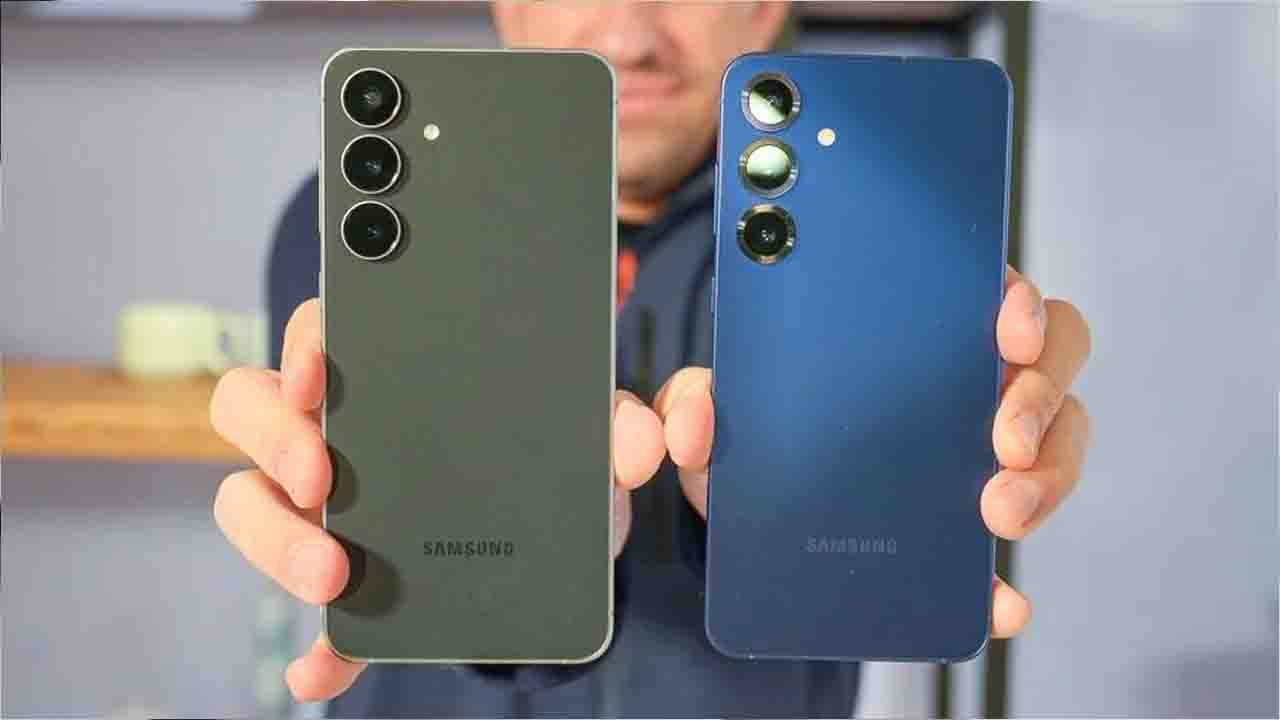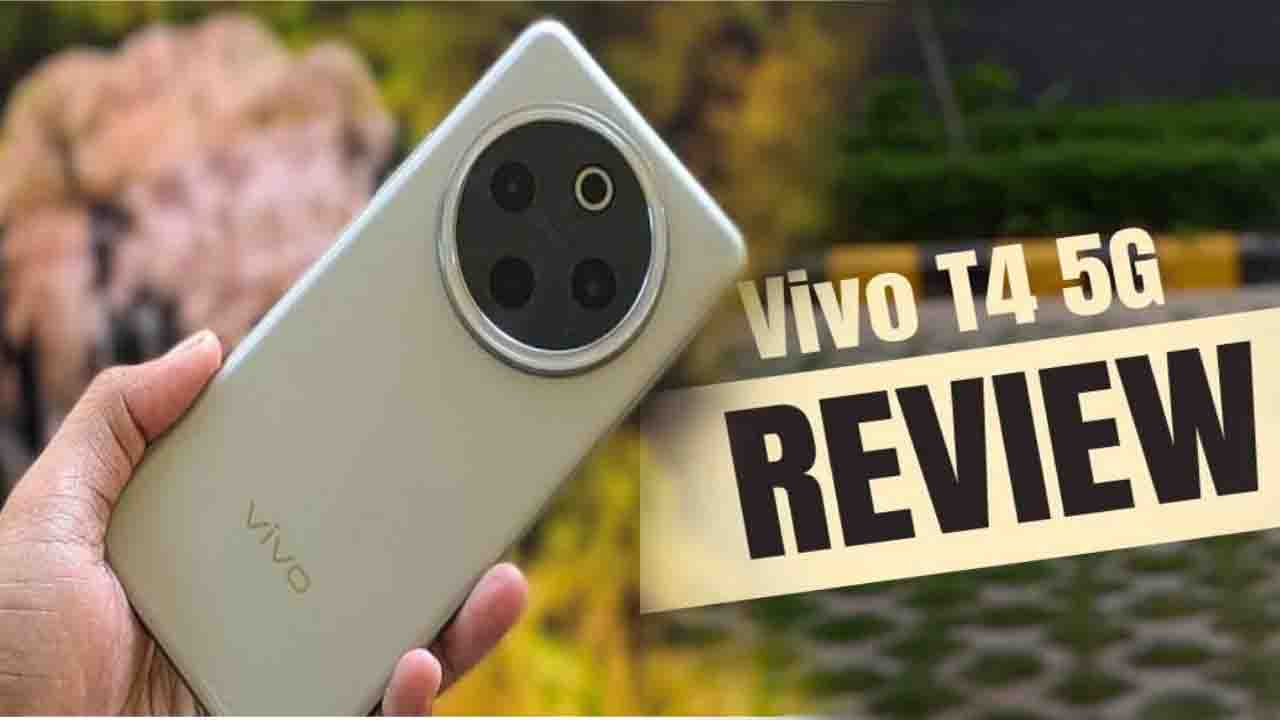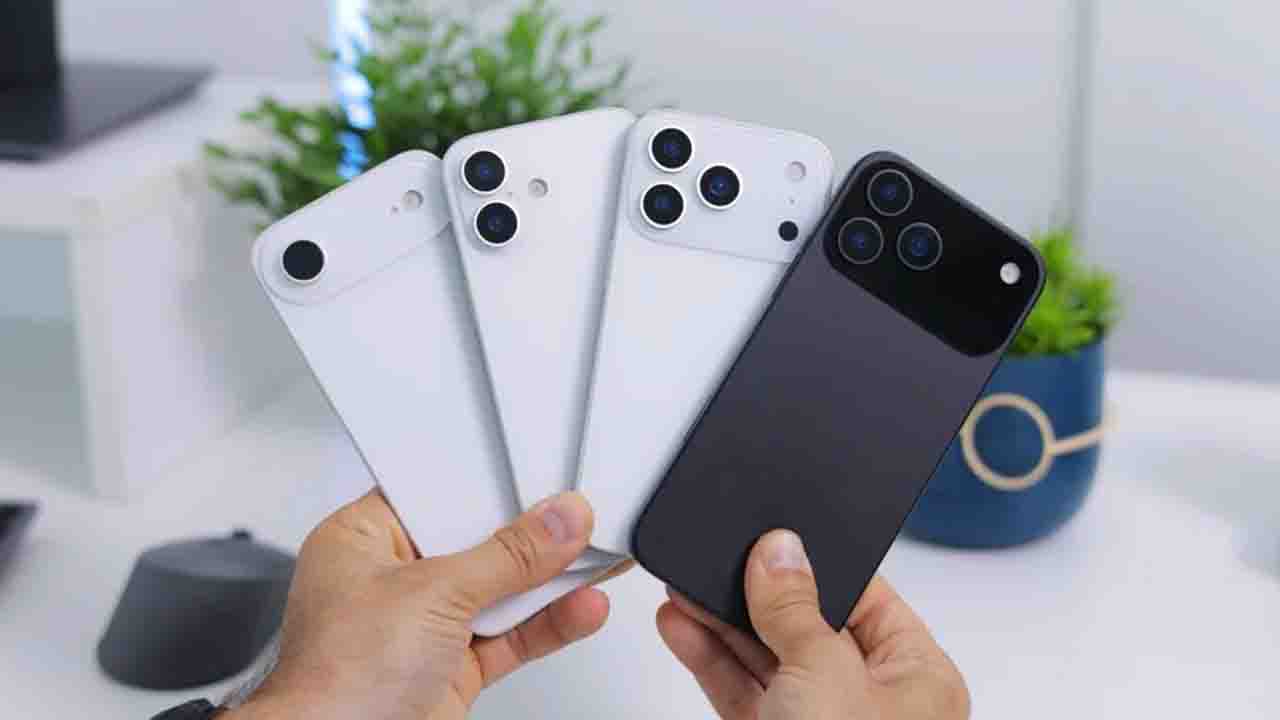As Samsung prepares to expand its Galaxy S25 lineup, the upcoming Galaxy S25 Fan Edition (FE) is generating buzz for its striking similarities to the Galaxy S25 Plus, raising questions about where the line between affordability and flagship performance lies. With leaked details suggesting upgrades in battery, charging speed, and processing power for the S25 FE, it’s shaping up to be a compelling alternative to its pricier sibling. Here’s a detailed breakdown of how these two devices stack up, based on the latest rumors and industry insights.
Design and Build: Nearly Identical Aesthetics
The Galaxy S25 FE and Galaxy S25 Plus are expected to share a nearly indistinguishable design, continuing Samsung’s sleek, minimalist approach to its S-series lineup. Both phones feature a familiar glass-and-aluminum sandwich design with flat sides and three individual camera cutouts positioned in the upper-left corner of the back. Leaked renders indicate that even the LED flash placement is identical, with only subtle differences, such as slightly distinct camera ring designs, setting them apart upon close inspection.
In terms of size, the Galaxy S25 Plus measures 158.4 x 75.8 x 7.3 mm and weighs approximately 190 grams, while the S25 FE is slightly larger at 161.4 x 76.6 x 7.4 mm, with a rumored weight matching the Plus at 190 grams. The S25 FE may have a marginally thicker chin on the front, but both devices share similar button and port placements, ensuring a consistent user experience.
Material-wise, the Galaxy S25 Plus is confirmed to use Corning Gorilla Glass Victus 2 for enhanced durability, while the S25 FE is expected to feature Gorilla Glass Victus+, as seen in its predecessor. Color options for the S25 Plus include vibrant choices like Icy Blue, Mint, Navy, Silver Shadow, Pink Gold, Coral Red, and Blue Black. The S25 FE, however, is likely to offer a more limited palette, with current leaks showcasing only a Graphite variant, though it may inherit additional colors from the S24 FE.
Display: Resolution vs. Affordability
Both phones are rumored to sport a 6.7-inch Super AMOLED display with a 120Hz refresh rate, making them ideal for smooth scrolling and vibrant visuals. However, the Galaxy S25 Plus takes the lead with a higher resolution of 1440 x 3120 pixels, delivering a pixel density of approximately 513 PPI for sharper visuals. The S25 FE, in contrast, is expected to maintain a 1080 x 2340 resolution, resulting in a 385 PPI density, which is still crisp but noticeably less pixel-dense.
Both displays are rumored to achieve a peak brightness of 2600 nits, ensuring excellent visibility in bright sunlight. The S25 Plus also incorporates LTPO technology, which allows for a dynamic 1-120Hz refresh rate to optimize power efficiency. While the S25 FE’s display is expected to be high-quality, it lacks LTPO, potentially impacting battery efficiency during intensive tasks. Display tests for the S25 Plus have shown it reaching nearly 2400 nits at 20% APL, and anticipation is high to see if the S25 FE’s panel can match this performance.
Performance: Exynos vs. Snapdragon Showdown
One of the most significant distinctions between the two devices lies in their chipsets. The Galaxy S25 Plus is powered by Qualcomm’s cutting-edge Snapdragon 8 Elite, a flagship processor optimized for Samsung’s S-series, delivering exceptional performance with Geekbench 6 scores of approximately 3132 (single-core) and 9935 (multi-core). This chipset excels in handling demanding tasks, from gaming to AI-driven features, with improved thermal management.
The Galaxy S25 FE, on the other hand, is expected to feature Samsung’s Exynos 2400, a 10-core processor with a configuration of one 3.2 GHz Cortex-X4 core, two 2.9 GHz Cortex-A720 cores, three 2.6 GHz Cortex-A720 cores, and four 2.0 GHz Cortex-A520 cores. Early benchmarks suggest scores of around 2000 (single-core) and 6500 (multi-core), placing it between the Snapdragon 8 Gen 2 and Gen 3 in performance—capable but notably behind the S25 Plus. This gap could be evident in sustained performance scenarios like gaming or multitasking.
Both phones are expected to offer 12GB of RAM across all storage configurations, ensuring smooth multitasking and support for Galaxy AI features. Storage options start at 256GB for both, with a 512GB variant available, but neither supports expandable storage. Software-wise, both devices will run the same One UI version with seven years of OS and security updates, including advanced Galaxy AI features like Now Brief for personalized lock-screen updates and enhanced app interactions.
Camera: Subtle Differences in Optics
The camera systems on the Galaxy S25 FE and S25 Plus are expected to be remarkably similar, with both featuring a 50MP main sensor and a 12MP ultrawide lens. However, differences emerge in the telephoto department. The S25 Plus is equipped with a 10MP telephoto sensor, while the S25 FE is rumored to retain the 8MP telephoto lens from its predecessor, both offering 3x optical zoom. The ultrawide lenses may also differ slightly in field of view, though specifics remain unclear.
While the hardware is comparable, the S25 Plus may benefit from superior image processing algorithms, potentially delivering better color accuracy and low-light performance. The S25 Plus scored 147 points in composite camera tests, while the S24 FE achieved an impressive 150 points, suggesting the S25 FE could hold its own. Real-world comparisons will be crucial to determine if the S25 Plus’s processing gives it an edge.
Battery and Charging: A Level Playing Field
In a surprising twist, the Galaxy S25 FE is rumored to match the S25 Plus’s 4,900mAh battery capacity, an upgrade from its predecessor’s 4,700mAh. This parity is a significant win for the FE, promising robust battery life for all-day use. The S25 Plus has demonstrated solid endurance, achieving 7 hours and 36 minutes in battery tests, ranking 34th among phones tested in the past two years.
Charging speeds are another area where the S25 FE is expected to close the gap, with rumors pointing to 45W wired fast charging—matching the S25 Plus. Both phones also support 15W wireless charging, ensuring consistent charging experiences. The S25 FE’s battery and charging upgrades make it a strong contender for users prioritizing endurance and convenience.
Pricing and Value Proposition
While official pricing for the Galaxy S25 FE remains unconfirmed, its predecessor, the S24 FE, launched at $649, suggesting a similar price point. The Galaxy S25 Plus, priced at $999.99, carries a $350 premium, raising questions about whether its enhancements justify the cost. The S25 Plus offers a higher-resolution display, a more powerful processor, and a slightly better telephoto camera, but the S25 FE’s near-identical design, display size, battery, and charging capabilities make it a compelling value option.
Outlook: A Tough Choice Ahead
The Galaxy S25 FE and Galaxy S25 Plus present a fascinating dilemma for Samsung fans. The S25 FE’s rumored upgrades bring it closer than ever to flagship territory, potentially undermining the S25 Plus’s appeal. For budget-conscious buyers, the S25 FE offers near-flagship performance, a large and vibrant display, and robust battery life at a significantly lower price. Meanwhile, the S25 Plus caters to those seeking premium performance and a sharper screen, ideal for power users and those who value cutting-edge technology.
As the Galaxy S25 FE’s launch approaches, likely in the fall of 2025, consumers will need to weigh whether the S25 Plus’s $350 premium is worth the enhanced processor and display resolution. With both phones offering seven years of software support and Galaxy AI features, the decision may hinge on individual priorities—value versus top-tier performance. Stay tuned for hands-on reviews and benchmarks to deliver the final verdict on this intriguing sibling rivalry











